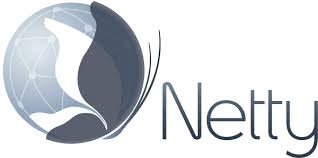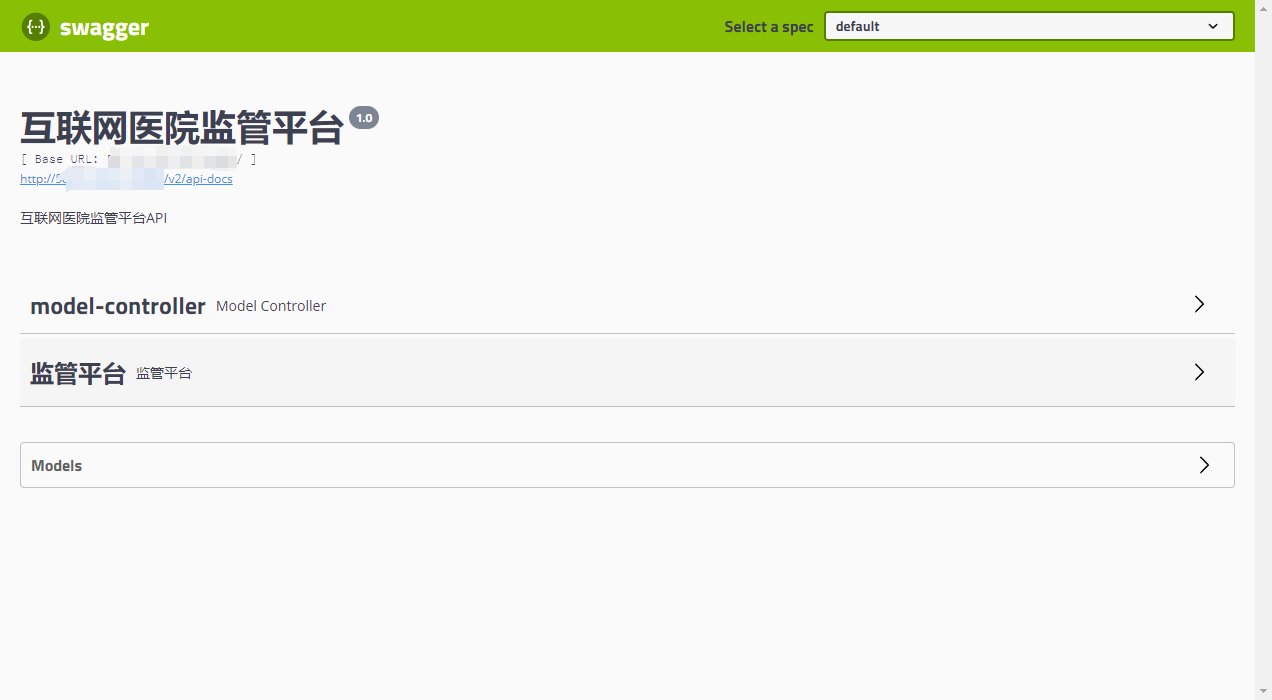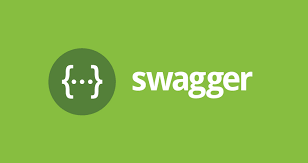图片上传是现代应用中非常常见的一种功能,也是风险比较高的一个地方。恶意用户可能会上传一些病毒、木马。这些东西不仅严重威胁服务器的安全还浪费了带宽,磁盘等资源。所以,在图片上传的接口中,一定要对用户上传的文件进行严格的校验。
本文介绍了 2 种对图片文件进行验证的方法可供你参考。
文件后缀校验 {#文件后缀校验}
通过文件后缀(也就是文件扩展名,通常用于表示文件的类型),进行文件类型校验这是最常见的做法。
图片文件的后缀类型有很多,常见的只有:jpg、jpeg、gif、png、webp。我们可以在配置或者代码中定义一个"允许上传的图片后缀"集合,用于校验用户上传的图片文件。
package cn.springdoc.demo.web.controller;
import java.io.IOException;
import java.nio.file.Files;
import java.nio.file.Path;
import java.nio.file.Paths;
import java.util.Set;
import org.springframework.http.MediaType;
import org.springframework.http.ResponseEntity;
import org.springframework.web.bind.annotation.PostMapping;
import org.springframework.web.bind.annotation.RequestMapping;
import org.springframework.web.bind.annotation.RequestParam;
import org.springframework.web.bind.annotation.RestController;
import org.springframework.web.multipart.MultipartFile;
@RestController
@RequestMapping("/upload")
public class UploadController {
// 允许上传的图片类型的后缀集合
static final Set<String> imageSuffix = Set.of("jpg", "jpeg", "gif", "png", "webp");
@PostMapping(consumes = MediaType.MULTIPART_FORM_DATA_VALUE)
public ResponseEntity<String> upload (@RequestParam("file") MultipartFile file ) throws IllegalStateException, IOException{
// 文件的原始名称
String fileName = file.getOriginalFilename();
if (fileName == null) {
return ResponseEntity.badRequest().body("文件名称不能为空");
}
// 解析出文件后缀
int index = fileName.lastIndexOf(".");
if (index == -1) {
return ResponseEntity.badRequest().body("文件后缀不能为空");
}
String suffix = fileName.substring(index + 1);
if (!imageSuffix.contains(suffix.trim().toLowerCase())) {
return ResponseEntity.badRequest().body("非法的文件类型");
}
// IO 到程序运行目录下的 public 目录,这是默认的静态资源目录
Path dir = Paths.get(System.getProperty("user.dir"), "public");
if (!Files.isDirectory(dir)) {
// 创建目录
Files.createDirectories(dir);
}
file.transferTo(dir.resolve(fileName));
// 返回相对访问路径
return ResponseEntity.ok("/" + fileName);
}
}
如上,代码很简单。先是获取客户端文件的名称,再从名称获取到文件的后缀。确定是合法文件后再 IO 到本地磁盘。
使用 ImageIO 校验 {#使用-imageio-校验}
由于文件的后缀是可编辑的,恶意用户可以把一个 exe 文件的后缀改为 jpg 再上传到服务器。于是这种情况下,上面的这种校验方式就会失效,恶意文件会被 IO 到磁盘。
在基于上面的方法进行校验后,我们可以先把文件 IO 到临时目录,再使用 ImageIO 类去加载图片文件,如果 Images 加载的文件不是图片,则会返回 null。
package cn.springdoc.demo.web.controller;
import java.awt.image.BufferedImage;
import java.io.IOException;
import java.nio.file.Files;
import java.nio.file.Path;
import java.nio.file.Paths;
import java.util.Set;
import java.util.UUID;
import javax.imageio.ImageIO;
import org.springframework.http.MediaType;
import org.springframework.http.ResponseEntity;
import org.springframework.web.bind.annotation.PostMapping;
import org.springframework.web.bind.annotation.RequestMapping;
import org.springframework.web.bind.annotation.RequestParam;
import org.springframework.web.bind.annotation.RestController;
import org.springframework.web.multipart.MultipartFile;
@RestController
@RequestMapping("/upload")
public class UploadController {
// 允许上传的图片类型的后缀集合
static final Set<String> imageSuffix = Set.of("jpg", "jpeg", "gif", "png", "webp");
@PostMapping(consumes = MediaType.MULTIPART_FORM_DATA_VALUE)
public ResponseEntity<String> upload(@RequestParam("file") MultipartFile file)
throws IllegalStateException, IOException {
// 文件的原始名称
String fileName = file.getOriginalFilename();
if (fileName == null) {
return ResponseEntity.badRequest().body("文件名称不能为空");
}
// 解析出文件后缀
int index = fileName.lastIndexOf(".");
if (index == -1) {
return ResponseEntity.badRequest().body("文件后缀不能为空");
}
String suffix = fileName.substring(index + 1);
if (!imageSuffix.contains(suffix.trim().toLowerCase())) {
return ResponseEntity.badRequest().body("非法的文件类型");
}
// 获取系统中的临时目录
Path tempDir = Paths.get(System.getProperty("java.io.tmpdir"));
// 临时文件使用 UUID 随机命名
Path tempFile = tempDir.resolve(Paths.get(UUID.randomUUID().toString()));
// copy 到临时文件
file.transferTo(tempFile);
try {
// 使用 ImageIO 读取文件
if (ImageIO.read(tempFile.toFile()) == null) {
return ResponseEntity.badRequest().body("非法的文件类型");
}
// 至此,这的确是一个图片资源文件
// IO 到运行目录下的 public 目录
Path dir = Paths.get(System.getProperty("user.dir"), "public");
if (!Files.isDirectory(dir)) {
// 创建目录
Files.createDirectories(dir);
}
Files.copy(tempFile, dir.resolve(fileName));
// 返回相对访问路径
return ResponseEntity.ok("/" + fileName);
} finally {
// 始终删除临时文件
Files.delete(tempFile);
}
}
}
这种方式更为严格,不但要校验文件后缀还要校验文件内容。弊端也显而易见,会耗费更多的资源!
ImageIO.read 方法 {#imageioread-方法}
最后说一下 ImageIO.read 方法,它会从系统中已注册的 ImageReader 中选择一个 Reader 对图片进行解码,如果没有 Reader 能够解码文件,则返回 null。也就是说,如果上传的图片类型,在系统中没有对应的 ImageReader 也会被当做是"非法文件"。
例如:webp 类型的图片文件,ImageIO.read 就读取不了,因为 JDK 没有预置读取 webp 图片的 ImageReader。
要解决这个问题,可以添加一个 webp-imageio 依赖。
<!-- https://mvnrepository.com/artifact/org.sejda.imageio/webp-imageio -->
<dependency>
<groupId>org.sejda.imageio</groupId>
<artifactId>webp-imageio</artifactId>
<version>0.1.6</version>
</dependency>
webp-imageio 库提供了 webp 图片的 ImageReader 实现,并以 SPI 的形式注册到了系统中,不要写其他任何代码就可以成功读取。
 51工具盒子
51工具盒子







